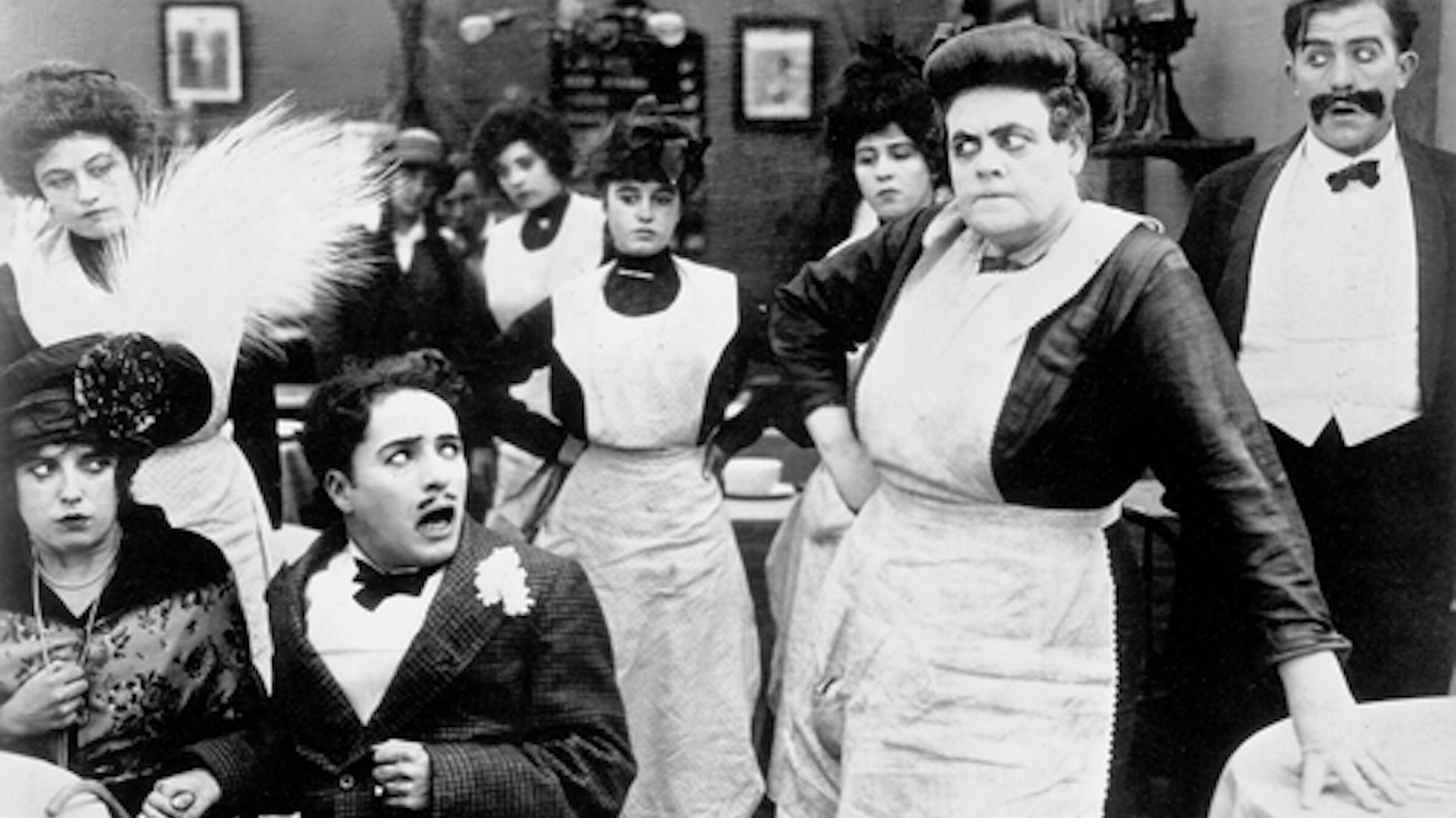This feature was published in conjunction with the screening of The Patsy at SFSFF 2013
Marie Dressler had perhaps the most unexpected stardom in all of movie history. At the apex of her popularity during the Great Depression, she was well past 60 and overweight and described her careworn and jowly face as “a mud fence.” Even so, exhibitors declared her the most profitable movie star in the world, besting Gable, Cagney, Garbo, and all the rest. How did this not so lovely woman become so beloved? In the years immediately prior to her death in 1934, she was cinema’s strongest antidote to a world sick with anxiety and uncertainties.
Leila Marie Koerber was born in Canada on the north shore of Lake Ontario in 1868, the second daughter of a Crimean War veteran turned music teacher and his dutiful, sacrificing wife. Her father’s temper alienated entire communities, and the Koerbers moved frequently, while Leila discovered her love of the stage in amateur productions. By 14, she dropped out of school, took the name Marie Dressler after an aunt, and was touring in stock companies.
With an agreeable singing voice, Dressler excelled in light opera early on, but vaudeville, burlesque, and revues proved a better fit for her comic gifts. She had an evangelical dedication to making people laugh by exploiting her large, agile body and rubbery face to scene-stealing effect. By the early 1900s, she was a leading comedienne, headlining with fabled names such as Lillian Russell, Joe Weber and Lew Fields, Anna Held, and Eddie Foy, appearing in Hotel Topsy Turvey, Higgledy-Piggledy, Twiddle-Twaddle, and other similar fare. Her greatest stage triumph was Tillie’s Nightmare, which debuted on Broadway in 1910 and featured “Heaven Will Protect the Working Girl,” a song Dressler as Tillie made famous.
Mack Sennett loosely adapted Tillie’s Nightmare for the 1914 film Tillie’s Punctured Romance. Costarring Charlie Chaplin and Mabel Normand, it ran six reels, making it the first feature-length comedy. Despite huge box office, Dressler’s early movie career flickered and died with a spate of lukewarm one- and two-reelers, and her stage career likewise suffered as tastes in comedy changed following World War I. Her passionate advocacy for the Actors’ Equity union during the theater strike in 1919 got her blacklisted in New York. To compound her misfortunes, her marriage to manager James Dalton proved bogus when he turned out to be a bigamist.
With stage and screen offers gone, Dressler slid toward oblivion through much of the 1920s, relying on wealthy society friends for housing and handouts. She took whatever “old-timer” vaudeville tours she could get while contemplating an alternative career as a hotelier. Her astonishing comeback began with good friend and MGM screenwriter Frances Marion, who pitched her to production chief Irving Thalberg as star of the rollicking 1927 comedy The Callahans and the Murphys. Unfortunately for Dressler, the Irish loudly protested the film for its stereotypes, inciting studio head Louis B. Mayer to order all prints and negatives incinerated.
Dressler trudged onward in minor roles until another savior, actress and producer Marion Davies, cast her as the comic harridan mother in The Patsy. Davies was so taken with Dressler’s performance that she insisted none of her scenes be cut. Davies’s generous instincts paid off and Dressler was a hit. Her performance works on at least three levels—as a screamingly funny portrait of a battle-axe, as a pathologically dedicated social climber, and as a colossally bad mother playing one daughter against another. Her Ma Harrington in The Patsy is easily her best surviving silent film performance.
Dressler’s warm stage voice registered well on sound, and the talkies were very, very good to her. Her earthy, heartrending turn as sodden Marthy in Anna Christie was revelatory and vaulted her from character actress to leading lady. Min and Bill earned her an Academy Award, while her low-budget comedies with raucous, buck-toothed Polly Moran (Caught Short, Reducing, Politics, Prosperity) were huge profit turners. Emma, Tugboat Annie, and Christopher Bean capitalized on Dressler’s self-deprecating humor and throbbing sentimentality. Her dilapidated actress Carlotta Vance in Dinner at Eight is for the ages—among its highlights a priceless double take and knowing comeback line. With supreme wisdom and sly wit, Dressler assures satin-sheathed sex kitten Jean Harlow she “need never worry about” machinery replacing “every profession.”
Dressler was always more than a comedienne mugging until the audience surrendered to her manic energy. Her comedy was infused with heart and pathos; she could make you cry as easily as she could make you laugh. At the height of her fame, a 1931 article in the Hollywood Spectator summed up her appeal, “There is something universal about her, something magnificent, something fine and altogether human.”

